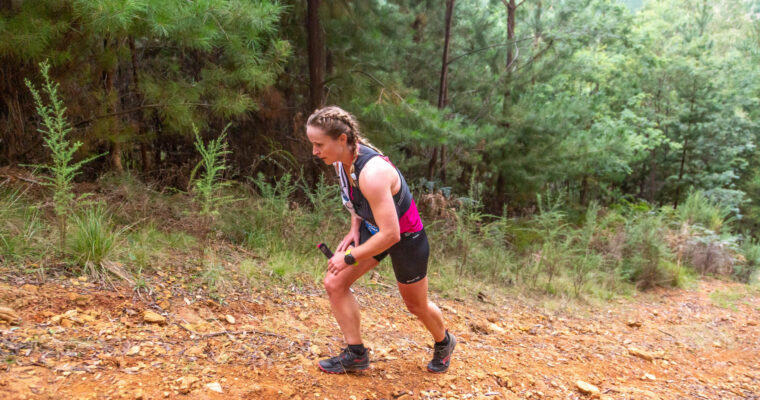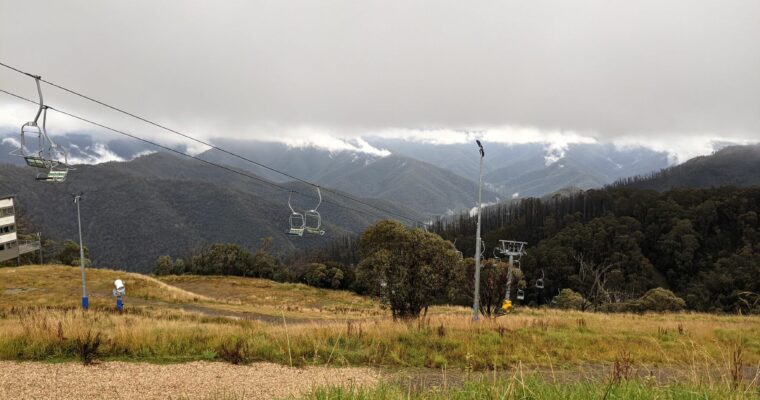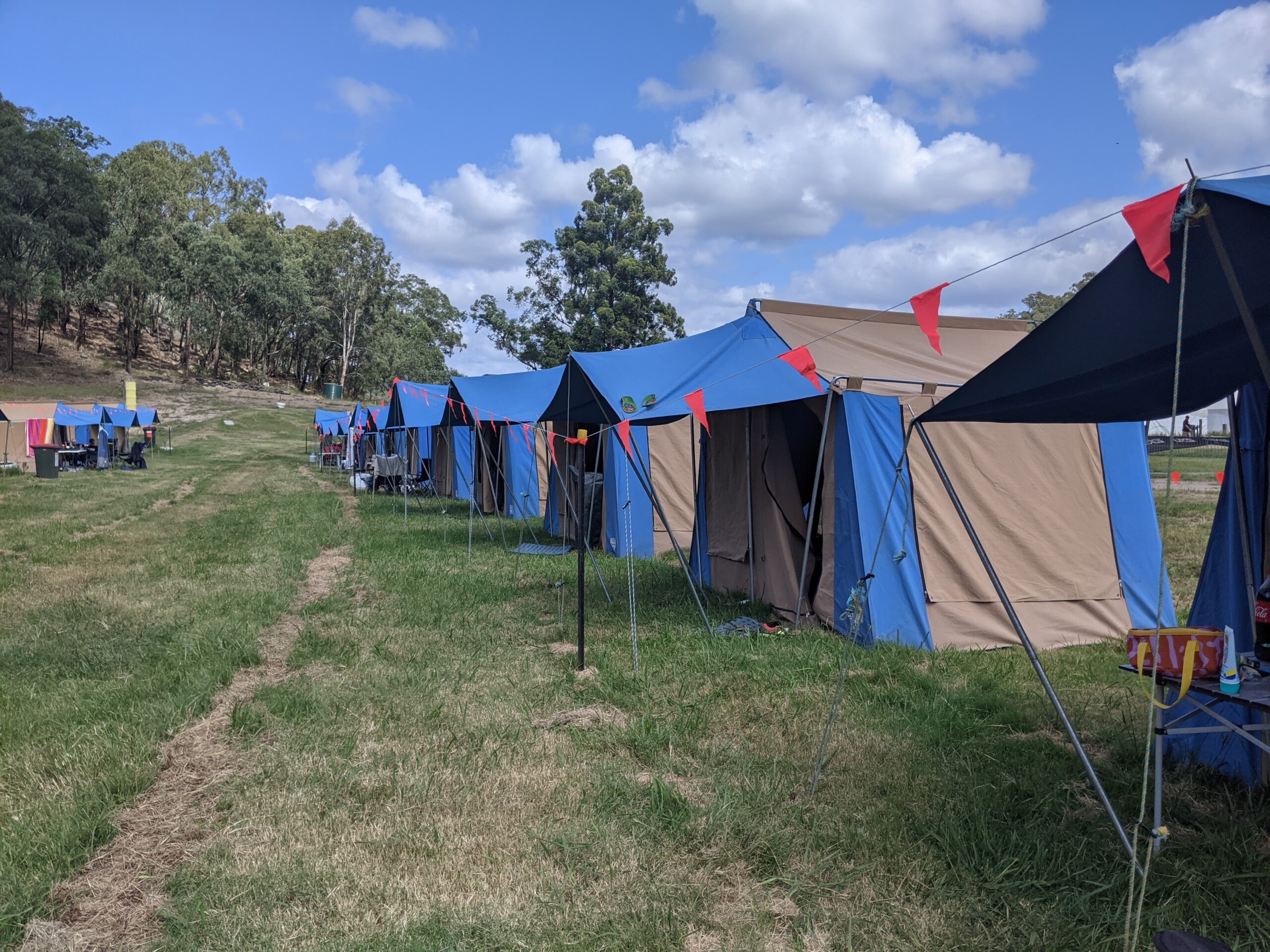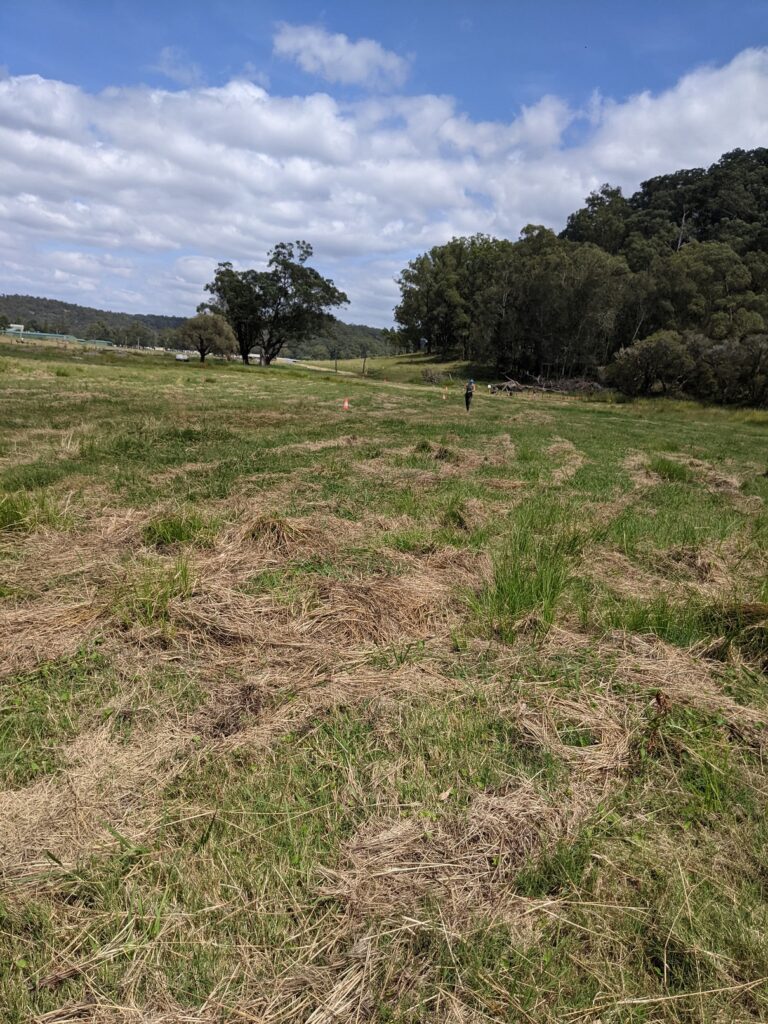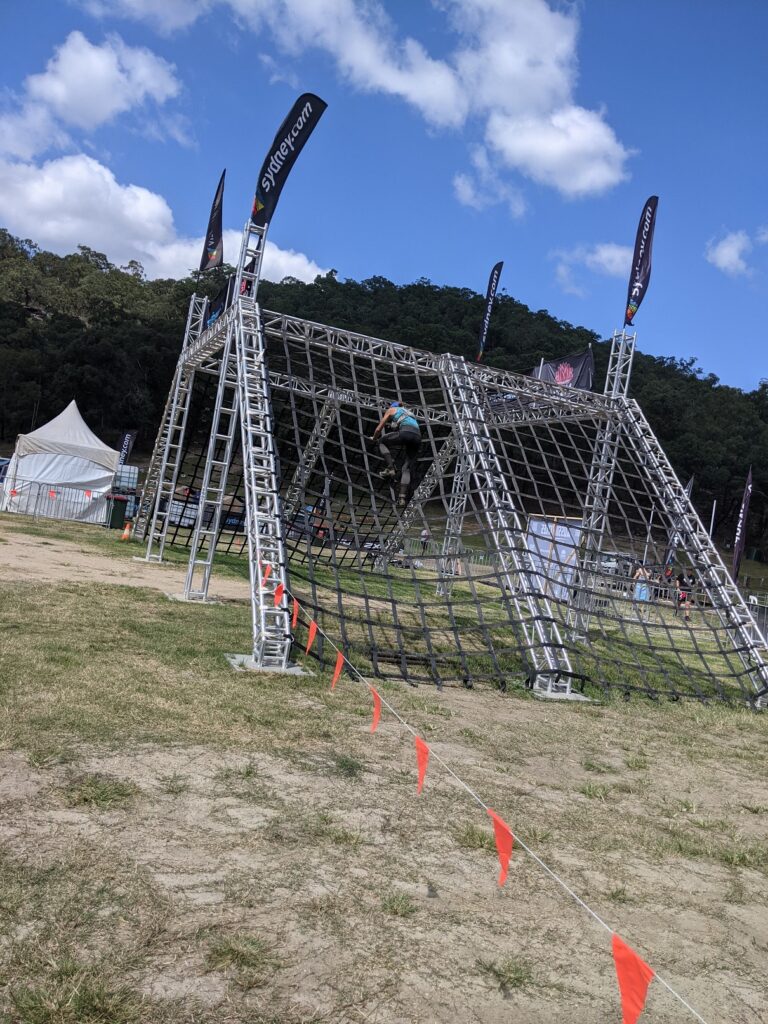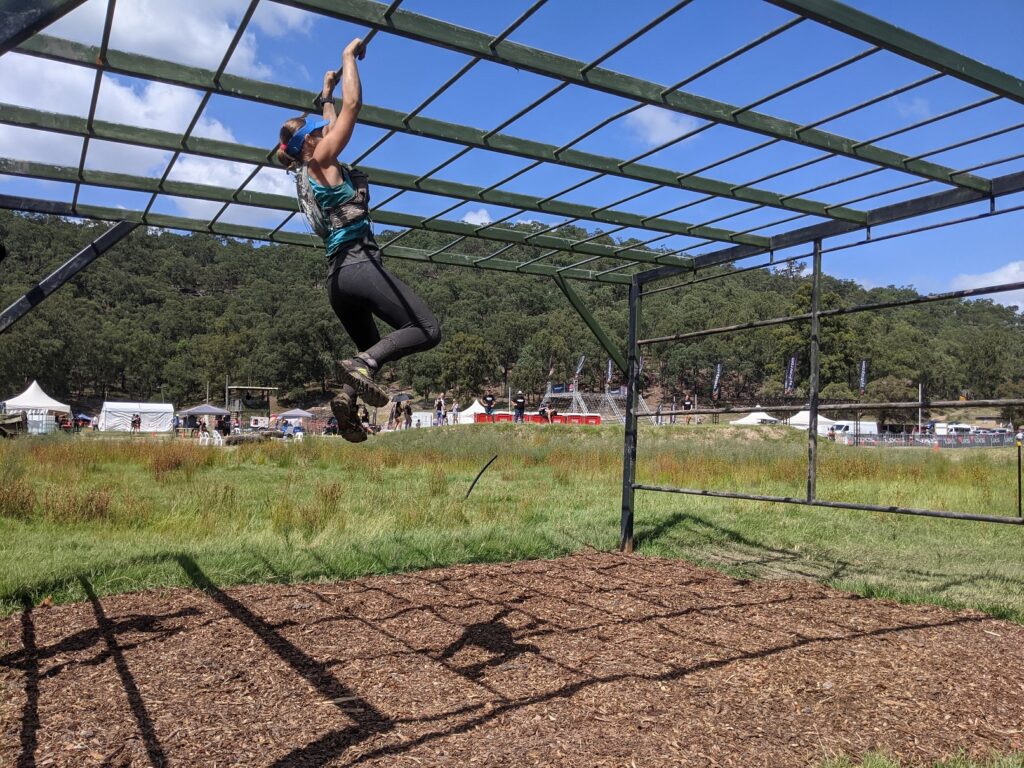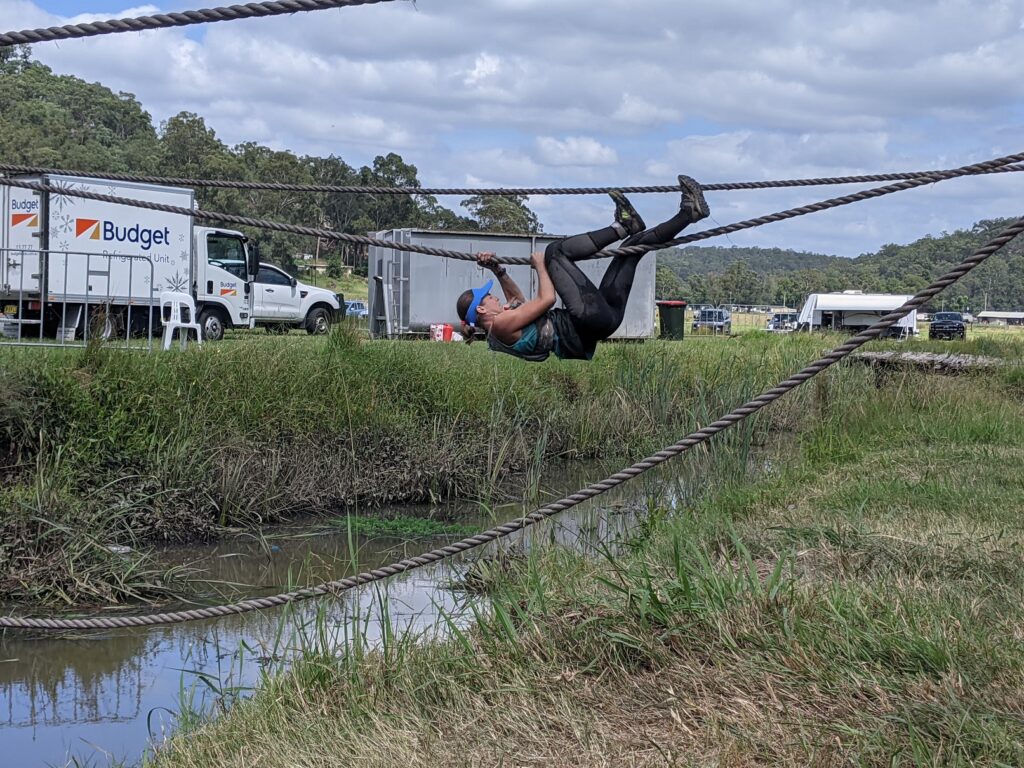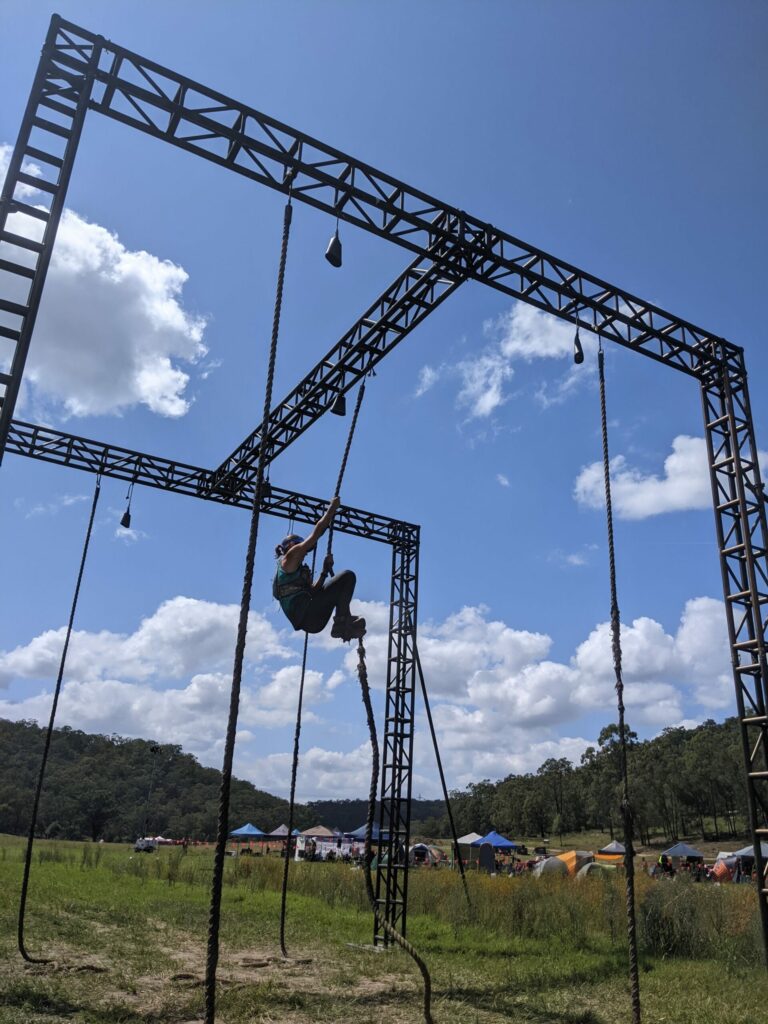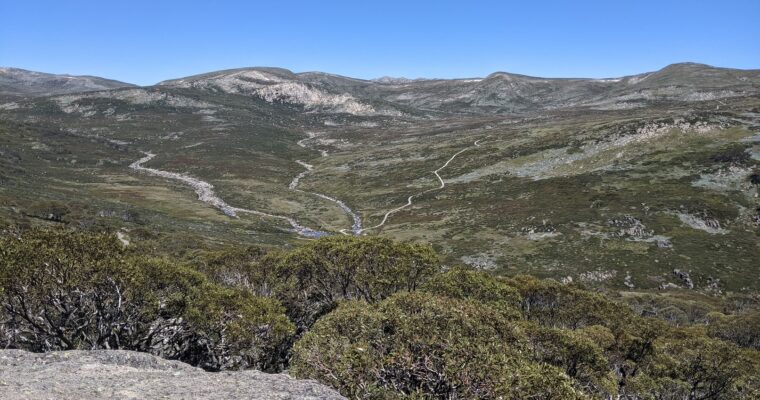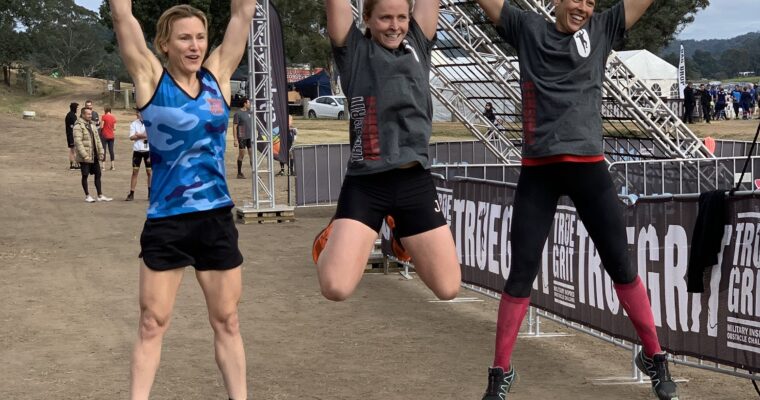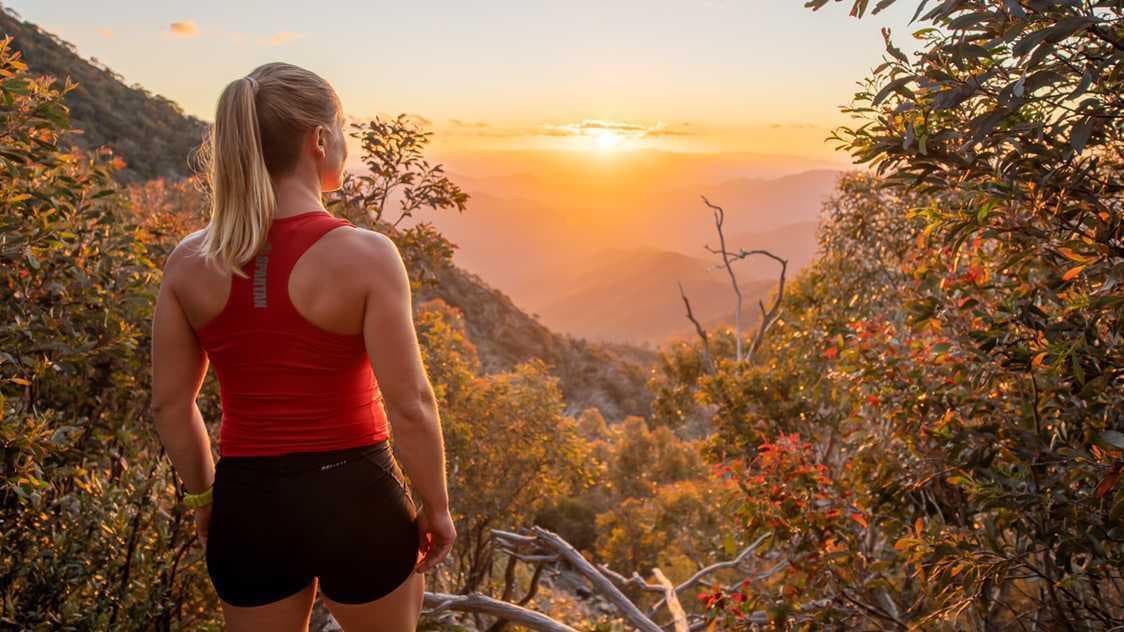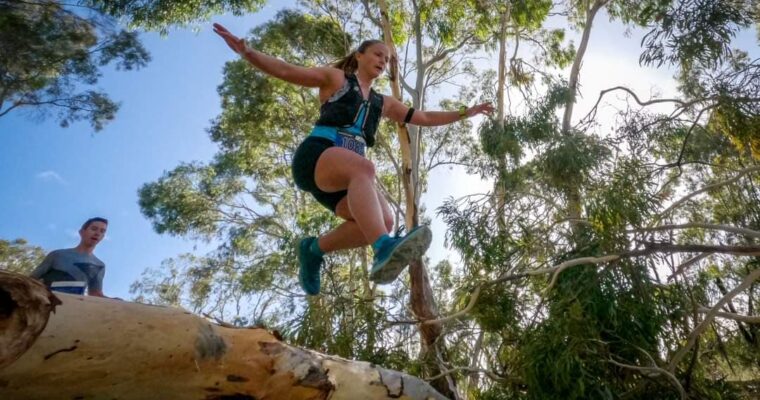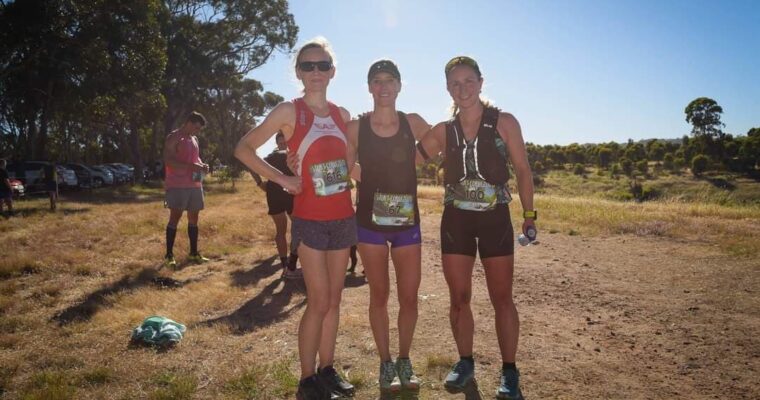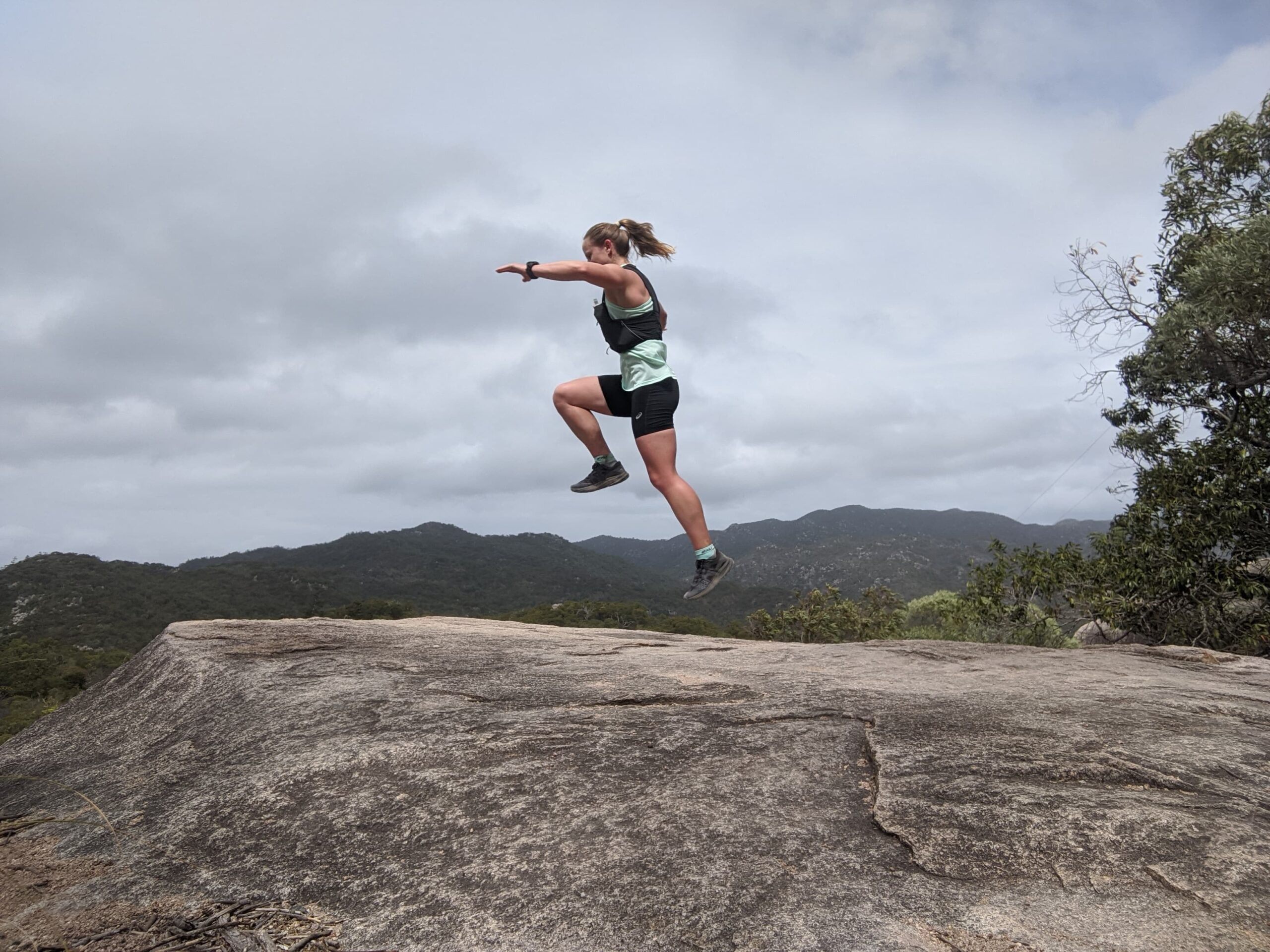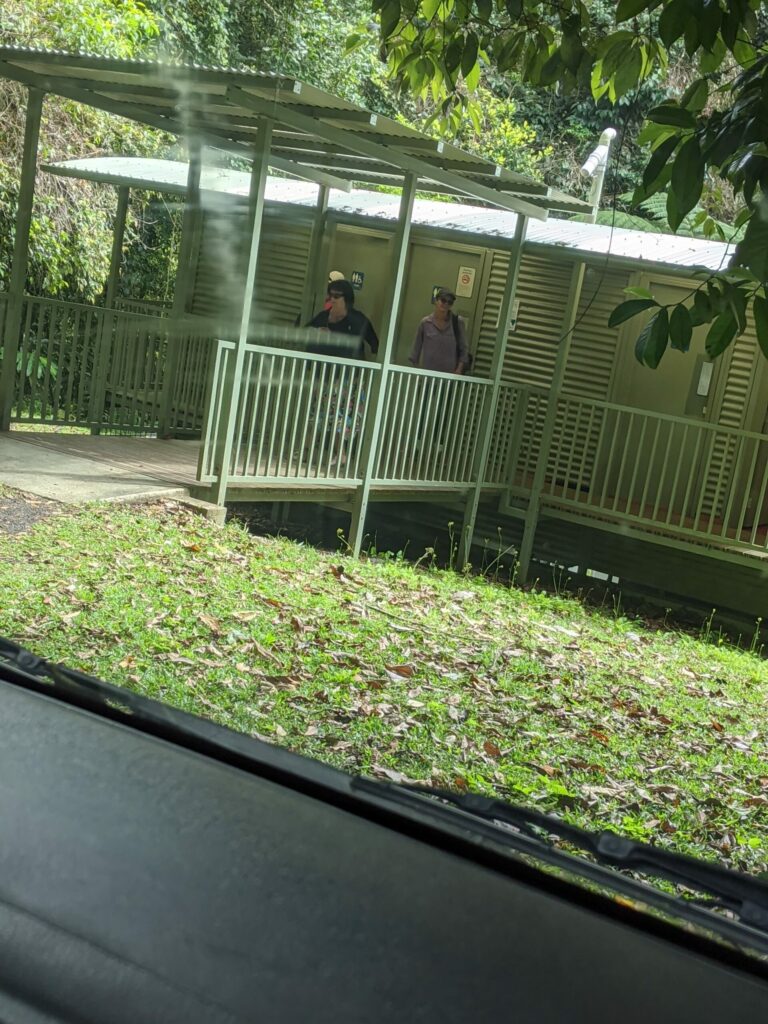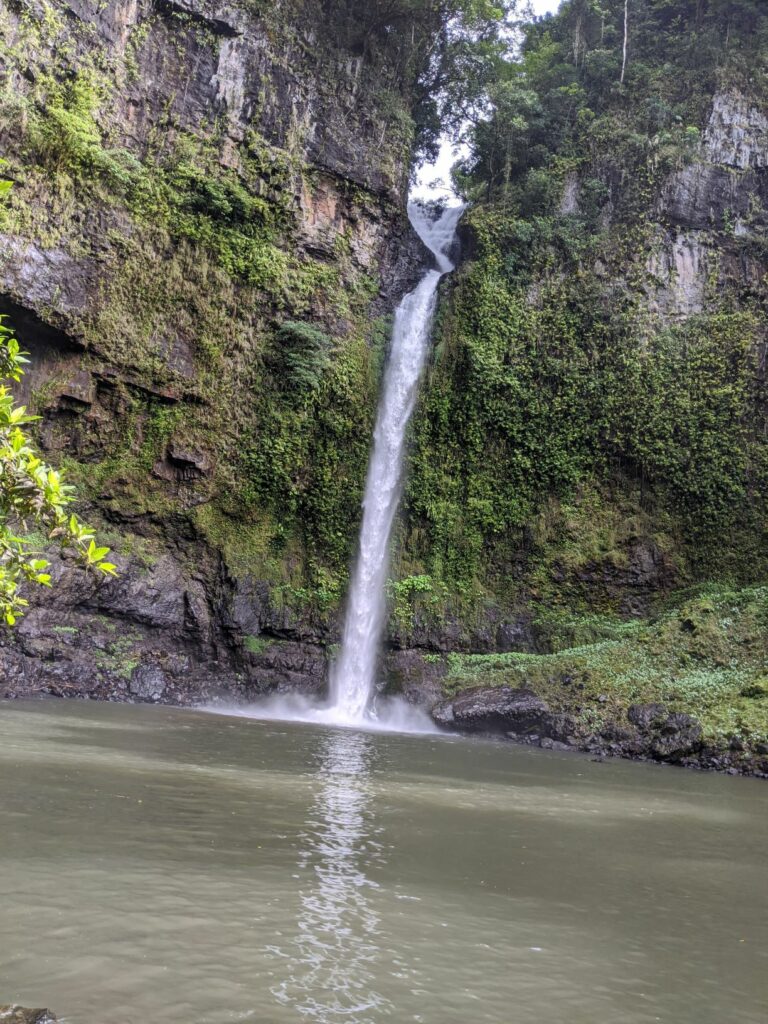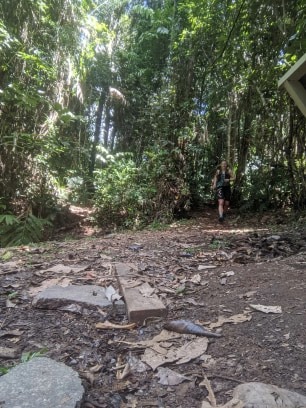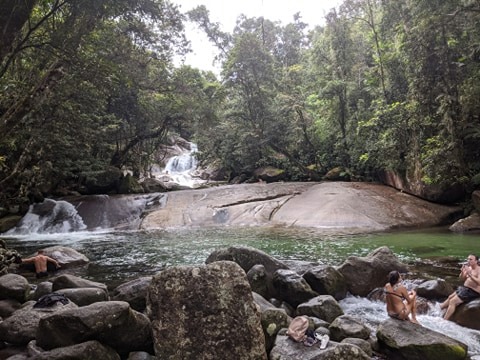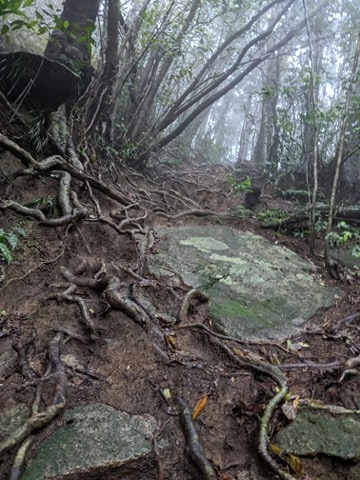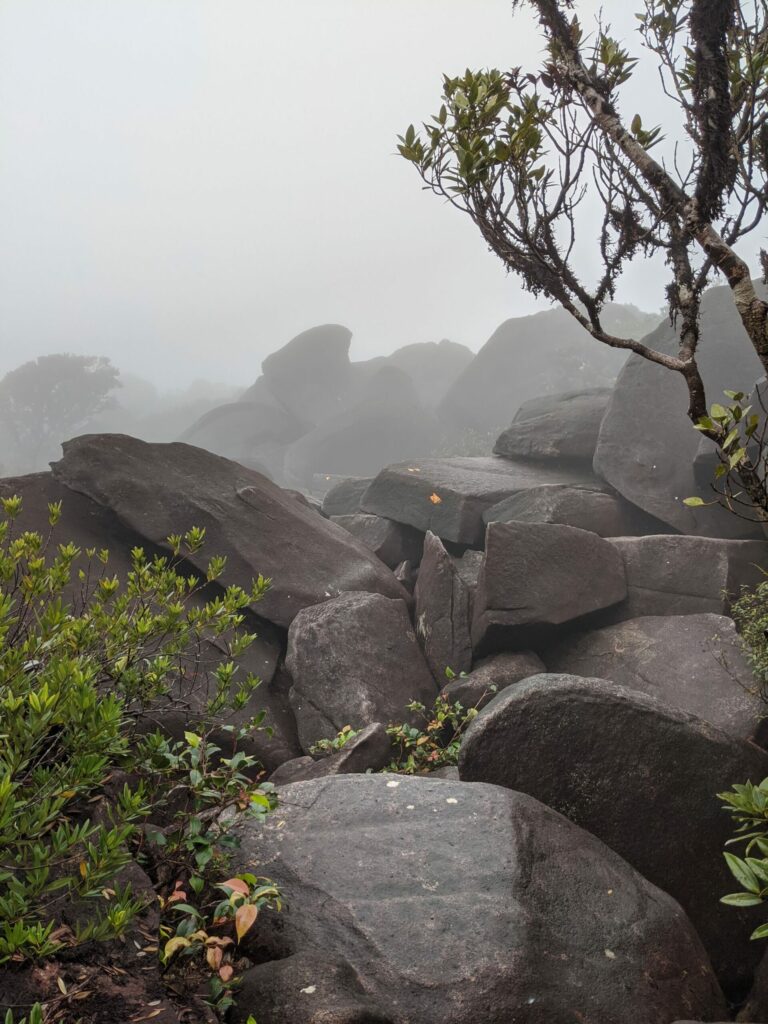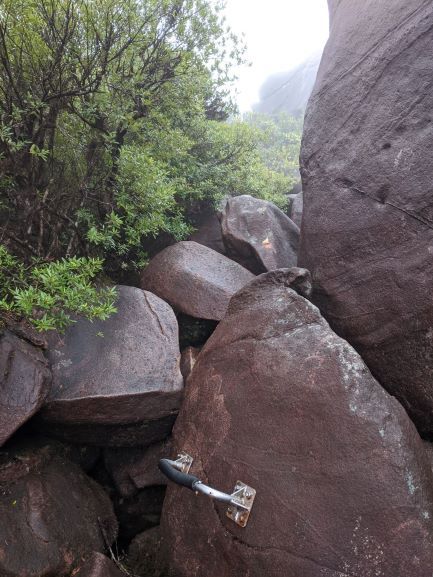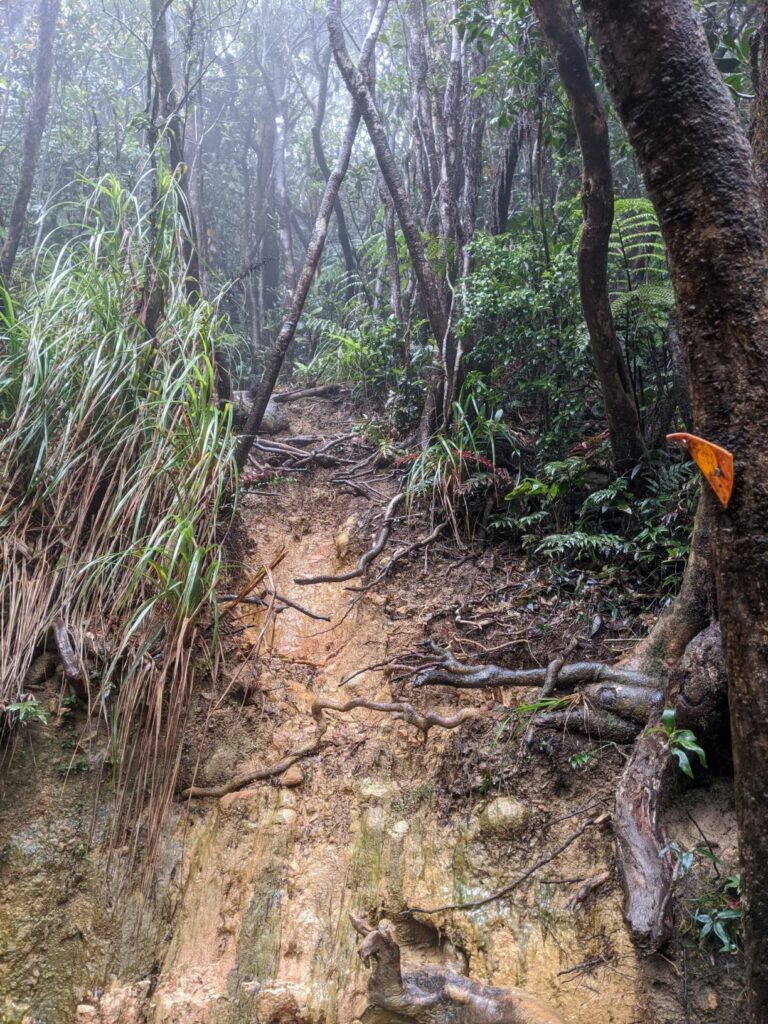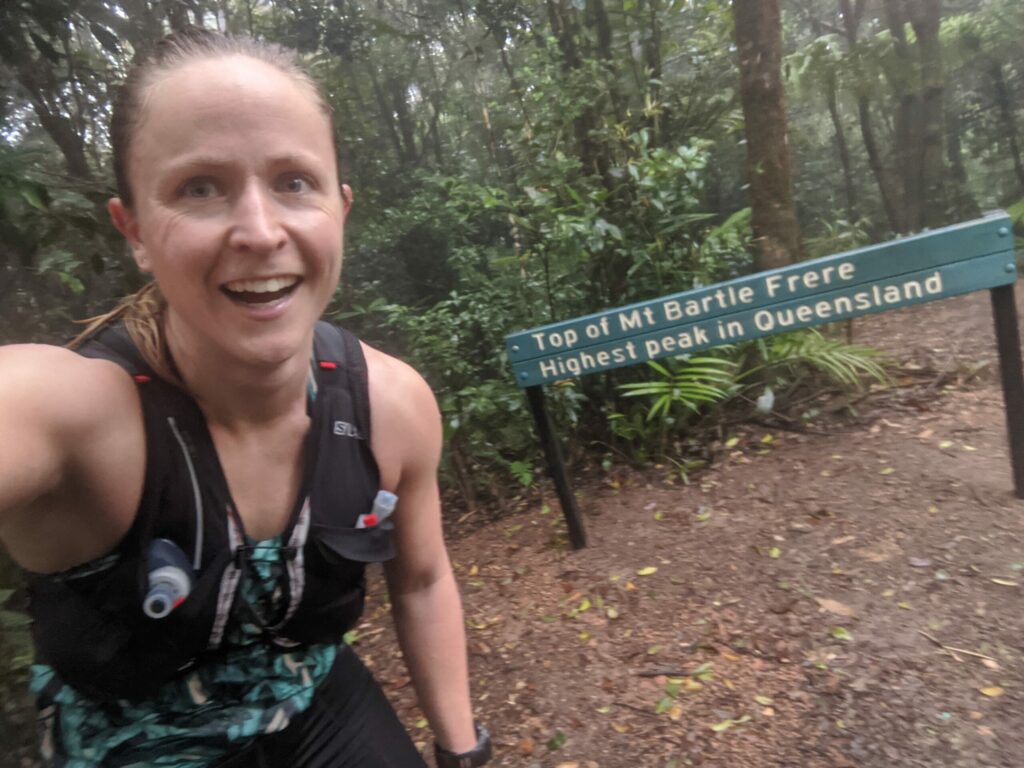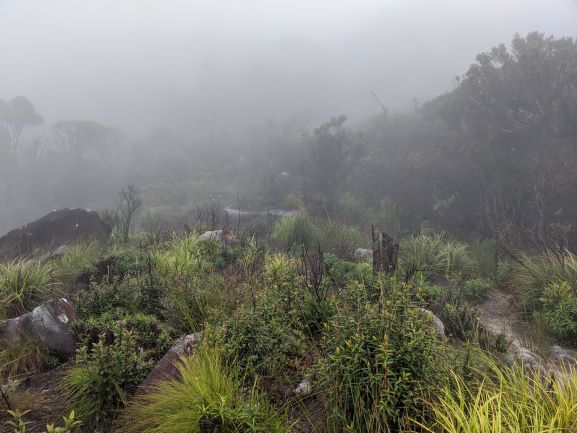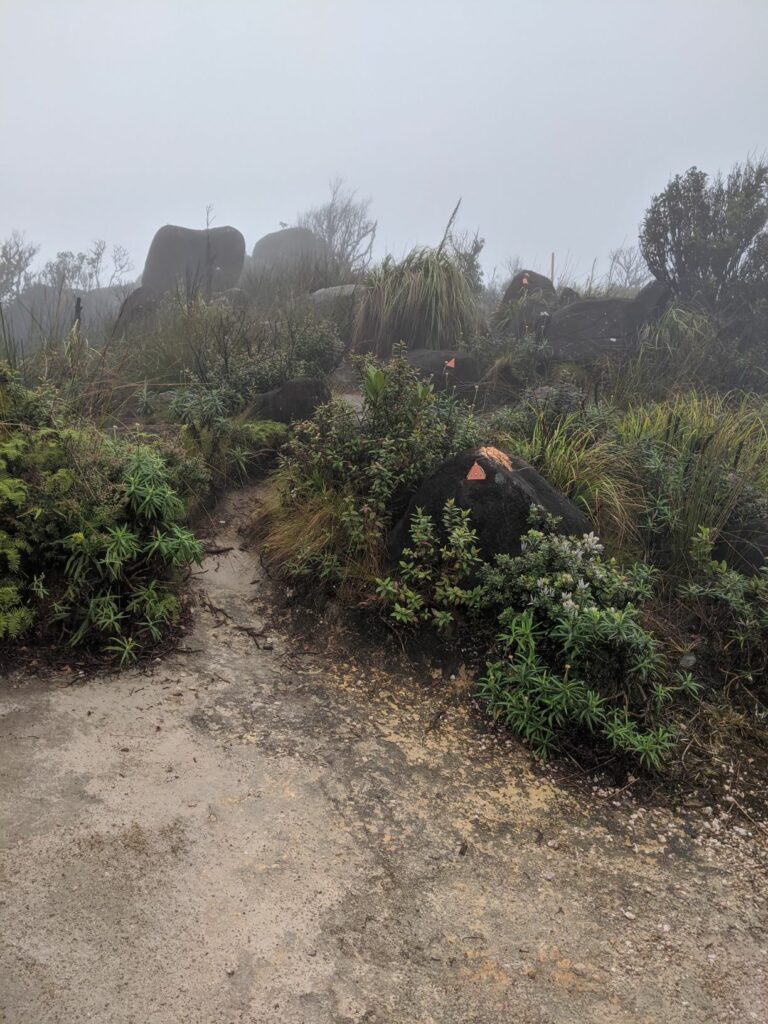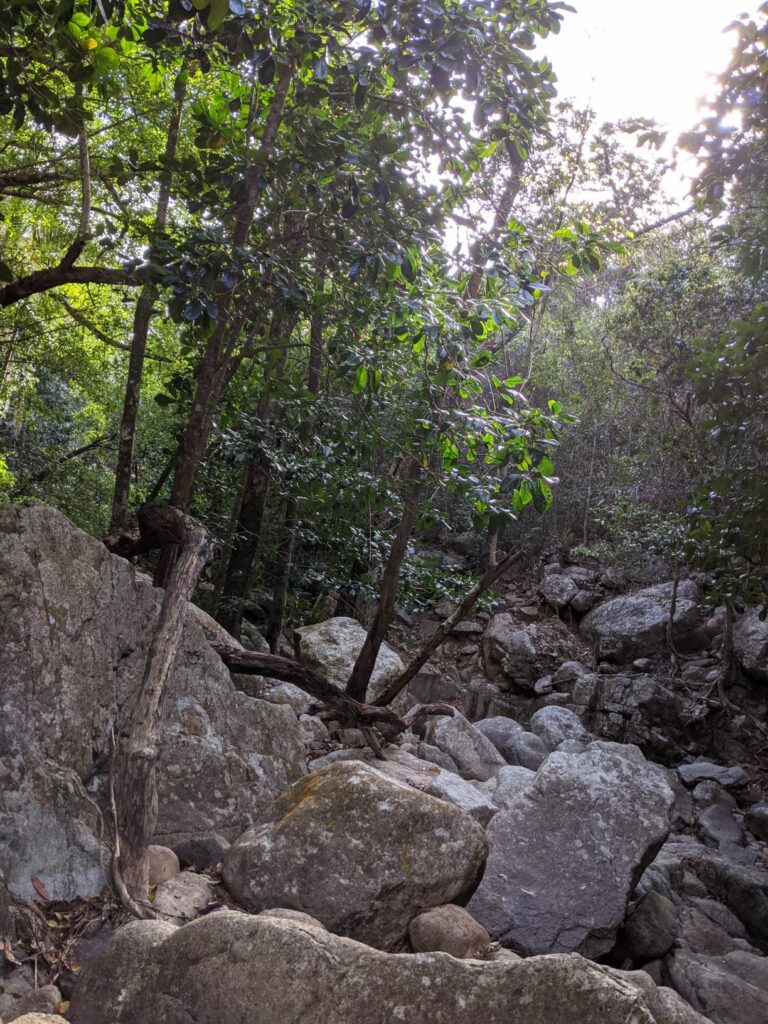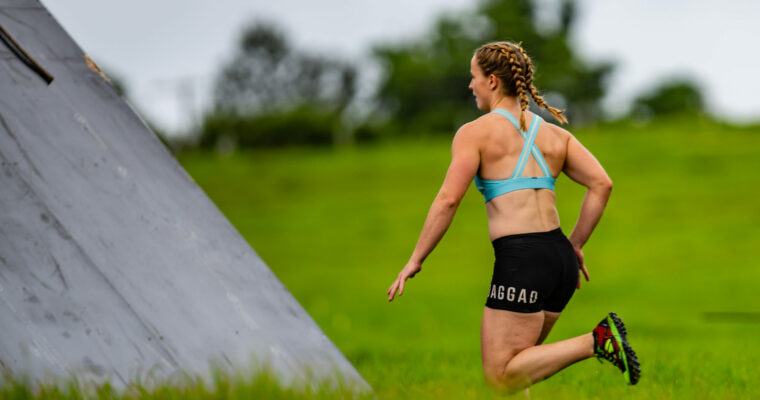This is a difficult ‘year in review’ to write. 2020 was so different to normal. Throughout the year I started writing about issues I was facing (injury, moving interstate, mental health issues) and not coming back to finish. Instead, I wrote about the easy things (race recaps) and left the difficult issues hanging. This year in review is about those difficult unfinished things.
Passive reaction does not end well
The wild fires of summer 2019-20 produced enormous amounts of bushfire smoke. Canberra is in a basin surrounded by the mountains of Namadgi NP and the Brindabellas. The smoke would settle right into this basin and only be cleared by a coastal breeze. That was in December 2019. By New Year with the the Dodds Rd fire was causing significant bush fire smoke, there was no wind direction that did not carry smoke into the Canberra basin. The smoke was so thick that at some points it looked like night time in the middle of the day. I returned to work on Monday 3 January. By this point I was feeling really sick and dizzy. There were no N2 masks available to buy in Canberra and the granny flat I was renting just let the smoke pour in. I could stand in the bedroom and see the smoke haze in the kitchen a couple of metres away. Cycling to work visibility was poor like it was a bad winter fog. There was even smoke on the floor at work. I just had nowhere to go to escape the smoke. By Wednesday I was so sick I could not stop vomiting from the nausea and couldn’t sit upright for more than a few seconds. I saw a doctor who said I could likely feel this nausea until the smoke cleared. I returned to Adelaide where the air quality was comparatively excellent despite the Adelaide Hills and Kangaroo Island fires. I felt immediately better and worked from the Adelaide office for two weeks.
This was a passive reaction on my part that could have been completely avoided. I had told myself numerous times I would move to a better rental that had heating for winter and was not a furnace in summer. The place I was renting had holes in the bricks and the door and window frames were not air tight, meaning that any bushfire smoke just flowed straight inside. I had been holding over on my lease since September 2020, so could have easily moved many times. I would go away every weekend to get away from my housing situation and then told myself next weekend I would spend the time looking for houses. It never happened. If I had found a new place to live instead of actively avoiding this necessity I would have completely avoided being sick for much of January.
The guilt of being lucky
At the end of March 2020, when the first lockdown started, I moved back to my parents’ house in Adelaide and completed two weeks of quarantine. I worked remotely for the first time in my life. I was super lucky because if I had stayed in Canberra I would have been by myself for months. At work I felt like there was no leeway to ask for any support or changes to accommodate the increased workload (due to advising on COVID-19 related legal matters on top of normal workload). I was lucky to have a job. This was not the time to ask for a break after a hectic 12 months. This guilt and my subsequent refusal to ask for help really backfired on me when I later burned out.
I also felt guilty about how I was coping well without races. I mainly train for my mental and physical health and racing is a shiny add on which is entirely optional. Even in November when Queensland closed its borders to SA a couple of days before the Gold Coast Spartan event, I only felt disappointed for a short time. As I watched a lot of other people struggle with the cancelled races I wondered why I didn’t feel the same. Was there something wrong with me? Did this mean I actually don’t care about racing? Why did I even race? Eventually I identified that I love racing because I like to see how far I can go and I love competition. Sure there are social aspects of racing but social needs can be met in other ways. My reasons for training are largely separate from my reasons for racing and I realised that it is ok that my reasons for training are different to others. But it did not stop me from feeling guilty about being completely ok and motivated to train without races. A strange thing to feel guilty about, but another item on my long list of things to feel guilty about.
There is no ‘good time’ to be injured
In January I injured the plantar fascia in my left foot. Initially it was diagnosed as big toe flexor tendon irritation but by late January I had the correct diagnosis. This meant that my preparation for the Spartan Beast in Oberon was really compromised. Getting this injury off the back of a patella femoral knee injury in 2019 was tough. Racing at Oberon worsened the plantar fasciitis. In Adelaide I saw a third physio (in Canberra I had seen two physios that had different diagnosis and different treatment plans) who prescribed a four week plyometric strengthening program. I did a lot of trail running in Adelaide and combined with the plyometric strength, the plantar fasciitis got worse and worse. By this stage I was in tears every single morning because the pain on putting my feet on the ground was so severe, and it was difficult to fall asleep at night because of the throbbing. I went back to the physio, involved a podiatrist and then it very gradually healed. By mid June the pain was manageable. By then I had spent countless hours on a bike and so many sessions feeling dizzy from the heat and chlorine in a 25m indoor pool. In mid-June I got plantar fasciitis in my left foot, and so started another six months of pain, rehab exercises and treatment. The exercises took 30-45mins a day and I had been doing variations all year. The new injury was crushing as realistically it meant I would spend a whole 12 months injured. As with the first foot, there were many times that I cried mid run from the pain (all professionals were adamant I could continue running as this would not slow the healing). In September I tried radial shockwave therapy that seemed to work so that I could be in manageable pain when I went to Queensland on annual leave. Six months later in December 2020 my right foot has finally healed, concluding twelve months of injury.
This injury was so hard to deal with during COVID-19. There were weeks where due to COVID-19 I could not see the physio, not get MRIs or ultrasounds, and not have access to cross training. There was the stress of the injury on top of an already stressful year. Well meaning people kept telling me it is a ‘good time’ to be injured because I am not missing any races. There is no good time to be injured. The worst time to be injured is when you are already under psychological strain from other sources. I would not wish plantar fasciitis on anyone, especially during lockdown during a global pandemic. Although I had the injury in each foot for 6 months, this apparently is a quick recovery time and many people suffer from the pain for 1-3 years. If you get plantar fasciitis I would make sure you have the support of medical professionals that you trust and get a diagnosis as early as possible. I have included this in my year in review because the injury really pushed me over the edge in terms of negatively effecting my mental health. I was doing everything I could, including the strength and rehab exercises every single day and for months at a time there was little to no improvement. It took an insanely long time for the pain to end and I was so drained by the time the pain started improving it was difficult to be happy about it.
Turning it around
The start of 2020 was fairly brutal and so I was holding out for slightly more certainty before making any more concrete plans. Once there was more certainty I would then leave the holding pattern I was in and resume normality. However, by July 2020, after my second plantar fasciitis diagnosis, I finally realised I had to do something to salvage my mental health now, because it really did not look like there was certainty coming in the near future. By this point I had expected to have moved back to Canberra many times. Three times I had booked flights and three times the flights had been cancelled due to border closures.
I started with focusing on controlling what I could. This is my usual default setting but after making plans, making second and third plans and having all of those plans cancelled over and over again in 2020 it had worn me down. Once I got on a roll it turned out I could control a lot of things. At work, the circumstances of 2020 meant I had to rapidly learn whole areas of law I had never practised, including work health and safety and workers compensation. The increased workload and working from home meant I was working much longer hours than I normally would. I started a pre-work routine where I would walk around the block and back home to ‘commute’ to work and then started my day and made better efforts to end my day on time. I then packed up my laptop into a drawer and shut it out the way.
In addition to implementing strategies to manage work fatigue I scheduled things and let myself look forward to them despite the risk they would be cancelled. Hope is a powerful. I organised a trip to Queensland in September, despite the risk the border would not be open. I booked another flight to Canberra (despite the likelihood it would be cancelled again). I organised a trip to Kangaroo Island national parks with my sister for my birthday.
I also regained what I could of my independence. I went from a very solo and mobile life with adventures in national parks every weekend to being largely confined to my parents house. Occasionally I could use the shared car, but even once organised, Mum could take off with the car at any moment, forgetting about my ‘booking’. I was already using the mountain bike for getting around Cleland CP but I then arranged to borrow a bike for cycling to and from the pool and getting to other places. One of my awesome friends in Adelaide also loaned me her road bike so I had more options for cross training with my plantar fasciitis injury. I went back to the Adelaide office as soon as it opened and commuted by bike. When my parents went away (to hike the Larapinta trail) I went on a weekend trip to a national park. All of these steps, although small, helped improve my mental health and restore some normality. It did help that by October my plantar fasciitis had significantly improved and I had been fortunate to race again (in Queensland and Adelaide), but it was largely the other steps I took to manage fatigue, schedule things to look forward to, and regain independence that helped me feel like I was now facing the obstacles and ready for more.
Facing the obstacles
In 2021 I am going focus on meeting the obstacles head on. I am not trying to ‘go back’ to what I had before COVID-19. The events this year have given me an opportunity to question everything, including choices about work, racing and relationships. I am not going to occupy spaces I have outgrown. I hope that you too can stop and think before rushing back to what you had before. Through all the unexpected in 2020 you have evolved more than you realise and are more capable than you realise to meet the obstacles in 2021.
